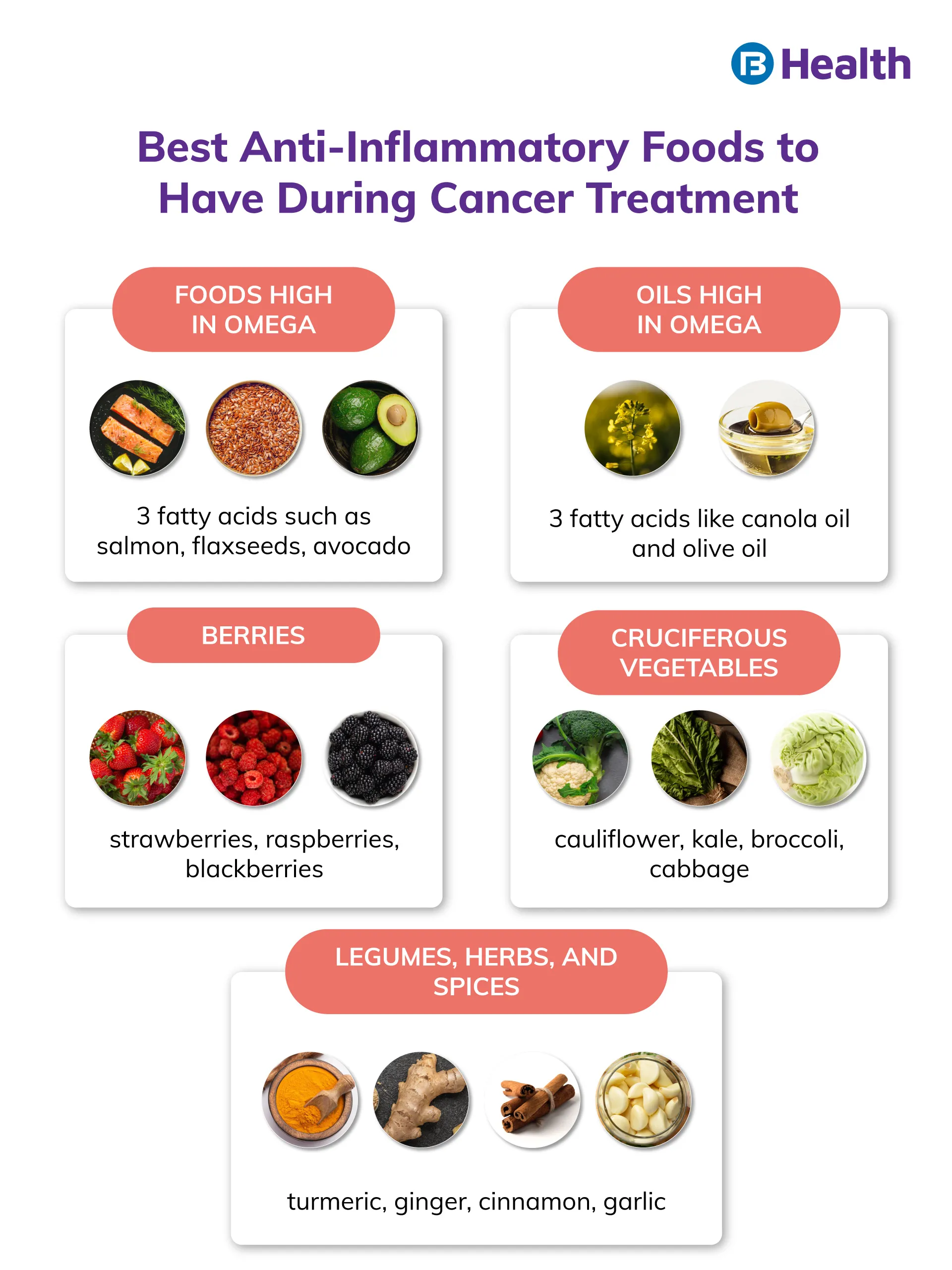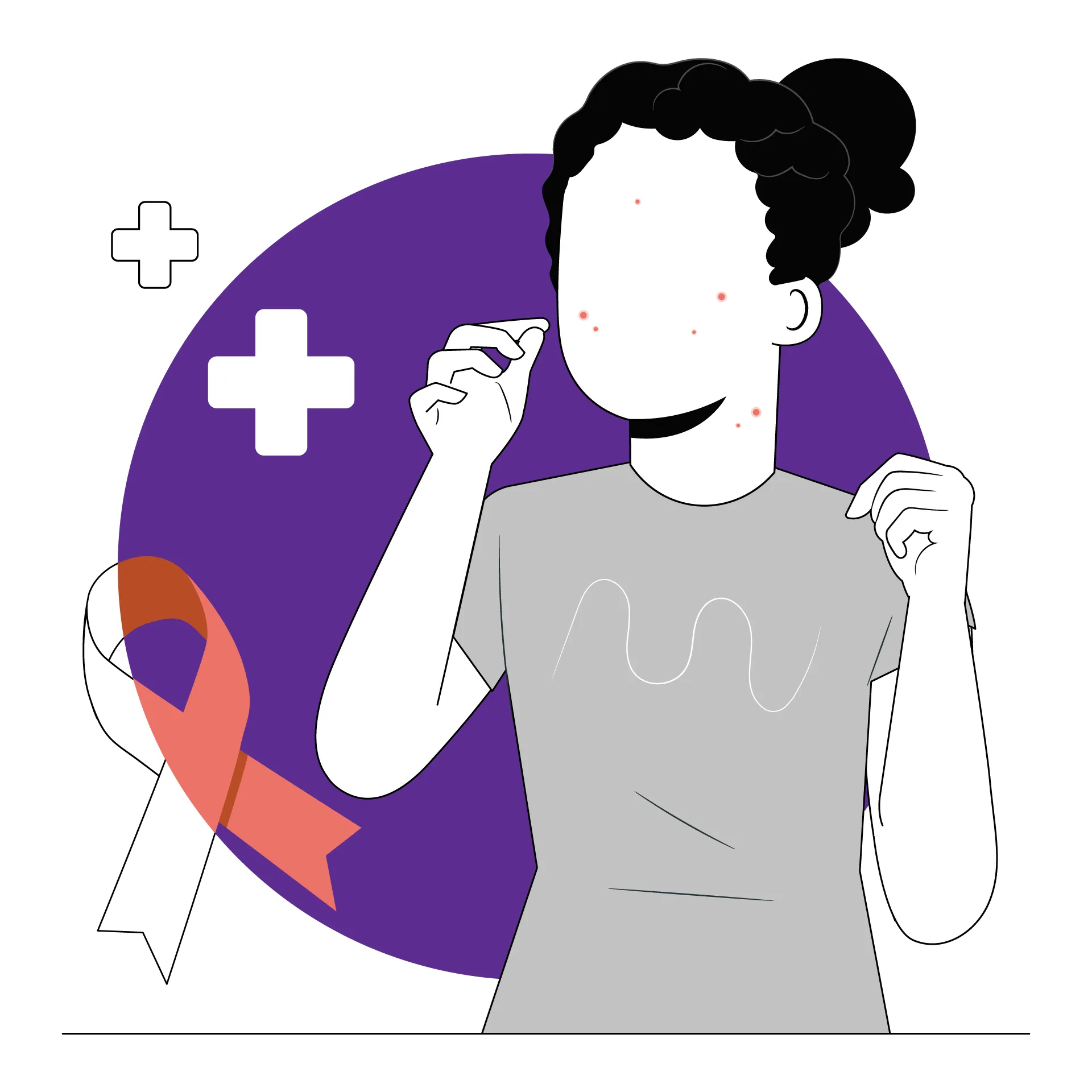Cancer | 9 min read
Leukemia: Symptoms, Types, Risk Factor And Diagnosis
Medically reviewed by
Table of Content
Key Takeaways
- Leukemia is a common type of blood cancer originating in the bone marrow
- There are four major types of leukemia and the treatment for each varies
- Chemotherapy, radiation, surgery are some forms of leukemia treatment
Leukemia is a type of blood cancer that originates in the bone marrow [1]. It is most prevalent among children worldwide [2]. India reports more than 10,000 cases of childhood leukemia annually [3].
Leukemia is the cancer of the white blood cells in your blood. It occurs when the bone marrow produces an abnormal quantity of white blood cells. This uncontrolled growth of abnormal cells can affect any part of your body. It usually does not form a tumor, unlike other types of cancer.
There are many types of leukemia. Some are more common in children, while others are usually diagnosed in adults. Leukemia treatment depends on the type of leukemia and underlying factors.
Read about its symptoms, types, causes, and treatment.
Early Symptoms of Leukemia
Organs that the cancer cells have invaded or are impacted by leukaemia might exhibit symptoms. For instance, the following may occur if cancer spreads to the central nervous system:
- Headaches
- Vomit and nausea
- Confusion
- Muscle control loss
- Seizures
The kind and severity of the leukaemia determine how aggressively the disease spreads.
It can also expand to several bodily regions, such as the following:
- Lungs
- Gastrointestinal tract
- Heart
- Kidneys
- Testicles
Symptoms of leukemia
- Anemia or fatigue
- Increased bleeding and bruising
- Recurring or severe infections like mouth sores, sweats, coughing, sore throat
- Swelling of lymph nodes, enlarged liver or spleen
- Petechiae, tiny red spots on your skin
- Fever or chills, headaches, vomiting
- Persistent fatigue, weakness
- Rapid loss of weight
- Easy bleeding or bruising
- Recurrent nosebleeds or shortness of breath
- Excessive sweating, especially at night
- Bone pain or tenderness
Risk for Developing Leukemia
Leukemia may strike anybody. Nevertheless, research suggests that a few circumstances, such as the following, may raise your risk:
Cancer Therapy in Past
The probability that you'll get some form of leukemia may rise if you've already undergone radiation or chemotherapy for cancer.
Smoking
You run a higher chance of getting acute myelogenous leukemia if you've ever smoked or have been among people who do.
Industrial Chemical Exposure
Chemicals known to cause cancer, like benzene and formaldehyde, are present in many home products and construction materials. Plastics, rubber, dyes, insecticides, pharmaceuticals, and detergents are all made from benzene. Building supplies and home goods contain formaldehyde, including soaps, shampoos, and cleaning supplies.
Certain Genetic Conditions
Your risk may be increased by genetic conditions such as neurofibromatosis, Klinefelter syndrome, Schwachman-Diamond syndrome, and Down syndrome.
Leukemia in Family History
According to research, certain kinds of leukemia may run in families [1]. Having a relative with leukemia, however, almost never guarantees that you or another family member will develop the disease. If you or a family member has a genetic issue, let your doctor know. In order to determine your risk, they could advise genetic testing.

Causes of Leukemia
While the exact cause is not known, the following risk factors may play a role in its development.
- Side effect of previous radiation or chemotherapy for other types of cancers
- Genetic disorders like Down syndrome, or family history
- Repeated and excess exposure to the chemical benzene, found in cigarette smoke
- Smoking, which increases your risk of developing acute myeloid leukemia (AML)
- Blood disorders such as myelodysplastic syndrome
How common is Leukemia?
Leukemia makes for 3.2% of all new cancer cases in the United States, making it the tenth most prevalent malignancy. Leukemia may affect anybody, although it tends to harm those who are more likely to be:
- 65 to 74 years old
- Assigned male at birth (AMAB)
- Caucasian/white
Leukemia is frequently associated with childhood cancer. However, other kinds are more frequently found in adulthood. Although leukemia in children is uncommon, it is the most prevalent kind of cancer affecting kids and young people.
Types of Leukemia
Acute lymphocytic leukemia (ALL)
It is one of the most common types of leukemia in children. It may spread to your central nervous system and lymph nodes. This type can progress quickly.
Acute myelogenous leukemia (AML)
AML is the second most common form of leukemia in children and the most common in adults. It may affect red, white blood cells and platelets.
Chronic lymphocytic leukemia (CLL)
This is also one of the most common types. It is more prevalent in adults over 65, especially men. It starts in white blood cells known as B cells and progresses slowly.
Chronic myelogenous leukemia (CML)
CML is an uncommon type and progresses slowly. It mainly affects older people and is a result of chromosome mutation. The cause of this mutation is not yet known, and its diagnosis is only done with the help of blood work.
Other types
Apart from these 4 major types, there are different subtypes as well. Lymphocytic leukemia includes the following subtypes
- Hairy cell
- Waldenstrom’s macroglobulinemia
- Prolymphocytic cell
- Lymphoma cell
Myelogenous includes the following subtypes
- Promyelocytic
- Monocytic
- Erythroleukemia
- Megakaryocytic

How is Leukemia Diagnosed?
Your doctor may be notified by the results of normal blood tests that you may have an acute or chronic type of leukemia and need additional testing. Alternatively, if you have leukemia symptoms, they could advise a workup.
Diagnostic examinations and testing may include the following:
Physical examination
Your doctor will inquire about your symptoms and feel your body for swollen lymph nodes, an enlarged spleen, or an enlarged liver. Additionally, they could look for bruising and swelling in your gums. They could search for a leukemia-related skin rash that can be red, purple, or brown.
Complete blood count (CBC)
Complete blood count test shows if you have abnormally high or low quantities of platelets, white blood cells, or red blood cells. White blood cell counts are likely to be higher than usual if you have leukemia.
Examining blood cells
Your doctor may collect more blood samples to look for signs of leukemia, such as certain types of leukemia or indicators that show the existence of leukemia cells. Your healthcare professional may also request peripheral blood smears and flow cytometry as extra testing.
Bone marrow biopsy (bone marrow aspiration)
If your white blood cell count is abnormal, your doctor could take a biopsy. During the operation, fluid is drawn out of your bone marrow using a long needle that was implanted (often in your pelvic bone). Leukemia cells are examined in a lab using a fluid sample. When leukaemia is suspected, a bone marrow biopsy can assist in identifying the proportion of abnormal cells in your bone marrow.
Imaging and other examinations
If you experience symptoms that suggest your bones, organs, or tissue have been impacted by leukaemia, your doctor may prescribe a chest X-ray, CT scan, or magnetic resonance imaging (MRI) scan. Imaging does not reveal the leukaemia cells.
Lumbar puncture (spinal tap)
If leukaemia has spread to the spinal fluid around your brain and spinal cord, your healthcare professional may examine a sample of your spinal fluid.
What is Survival Rate of Leukemia?
According to the National Cancer Institute, the four primary forms of leukaemia have the following survival rates:
Types of Leukemia | ALL | AML | CLL | CML |
| 5- year survival rate* | 69.9% | 29.5% | 87.2% | 70.6% |
Number of deaths per 100,000 persons | 0.4 | 2.7 | 1.1 | 0.3 |
Death is highest among those aged | 65-84 | 65+ | 75+ | 75+ |
Acute lymphocytic leukaemia (ALL), acute myelogenous leukaemia (AML), chronic lymphocytic leukaemia (CLL), and chronic myelogenous leukaemia (CML) are all types of leukaemia.
*Survival compares cancer patients to those who are cancer-free and who are the same age, race, and sex.
Data source: SEER Cancer Statistics Review, 1975-2017, National Cancer Institute. Bethesda, MD.
Leukemia Treatment
Chemotherapy
This is the main type of leukemia treatment and uses prescribed drugs to kill its cells. Depending on the type, your treatment may include either a single drug or a combination of drugs. You may get the drug in the form of pills or intravenous injection.
Immunotherapy
This form of treatment uses your body’s immune system to fight leukemia. Sometimes, your immune system may not locate and attack cancer cells that remain hidden with the help of the protein they produce. Immunotherapy interferes with this process.
Targeted therapy
Here the treatment focuses on a specific abnormality present in cancer cells. These cells may start to die when treatment blocks these abnormalities. Doctors measure its effectiveness by testing its cells.
Stem cell transplant
Its treatment replaces your diseased bone marrow with a healthy one. This is why it is also known as bone marrow transplant. It can take place in two forms, the first being autologous transplantation. This is where your own bone marrow is the replacement marrow. The other one is allogeneic transplantation. It is when a donor’s bone marrow replaces your own.
Clinical trials
These experiments help determine the efficiency of new cancer treatments. They also allow doctors to find new ways to use existing treatments more effectively. Before opting for this as treatment, talk to your doctor about the benefits and risks.
Radiotherapies
Also known as radiation therapy, this leukemia treatment method uses high-energy radiation. This helps damage and stop the growth of cells. The radiation may focus on the entire body or a specific area.
Additional Read: Radiotherapy for CancerPhases of Leukemia Treatment
Your leukemia therapy may be given gradually or as part of a continuing plan, depending on your treatment strategy. Phased therapy typically contains three components. Each phase has a distinct objective.
Induction therapy
For remission accomplishment, it is essential to eradicate all leukemia cells from your blood and bone marrow. When leukaemia is in remission, blood cell counts return to normal, no leukaemia cells are discovered in your blood, and all illness signs and symptoms vanish. In most cases, induction treatment lasts four to six weeks.
Consolidation (also called intensification)
The aim is to eradicate any remaining, undiagnosed leukaemia cells to prevent cancer from coming back. Consolidation treatment is often administered in cycles over a four- to six-month period.
Therapy for maintenance
The objective is to eradicate any leukaemia cells that may have persisted after the first two therapy steps and stop cancer from coming back (relapse). About two years are spent on treatment.
If the leukemia reappears, your healthcare professional may restart or modify your therapy.
Timely diagnosis is one of the best ways you can manage and treat different types of cancer such as leukemia. If you notice any symptoms of , book an in-person or online doctor consultation on Bajaj Finserv Health. Consult with the best oncologists on the platform and prioritize your health. You can also book lab tests including a cancer test, to stay ahead of potential health conditions and track your progress.
References
- https://www.cancer.org.au/cancer-information/types-of-cancer/leukaemia
- https://www.sciencedirect.com/science/article/pii/S246812451730061X
- https://www.omicsonline.org/india/leukemia-peer-reviewed-pdf-ppt-articles/
- https://my.clevelandclinic.org/health/diseases/4365-leukemia
Disclaimer
Please note that this article is solely meant for informational purposes and Bajaj Finserv Health Limited (“BFHL”) does not shoulder any responsibility of the views/advice/information expressed/given by the writer/reviewer/originator. This article should not be considered as a substitute for any medical advice, diagnosis or treatment. Always consult with your trusted physician/qualified healthcare professional to evaluate your medical condition. The above article has been reviewed by a qualified doctor and BFHL is not responsible for any damages for any information or services provided by any third party.




